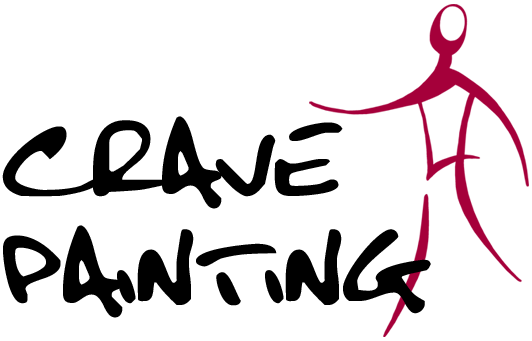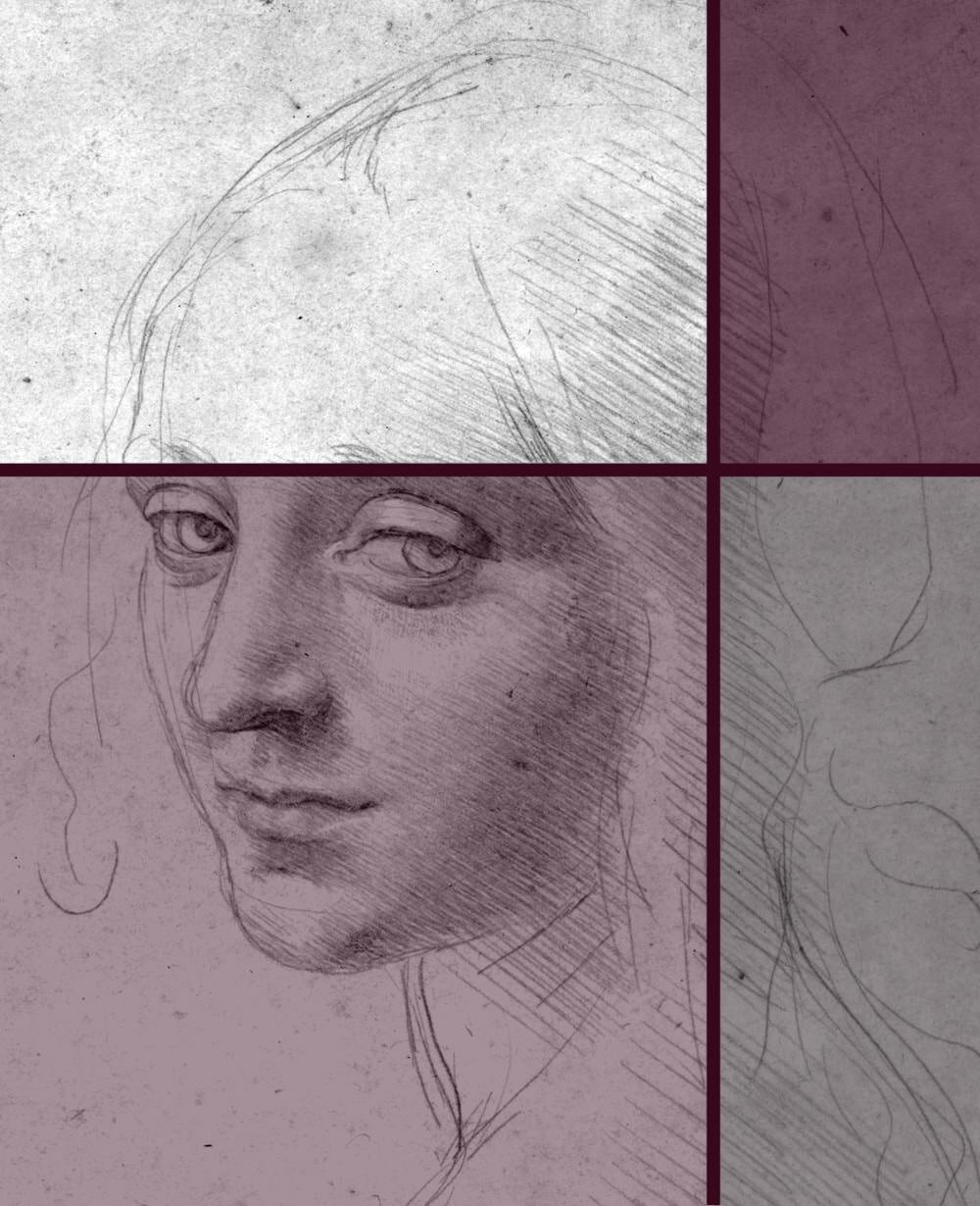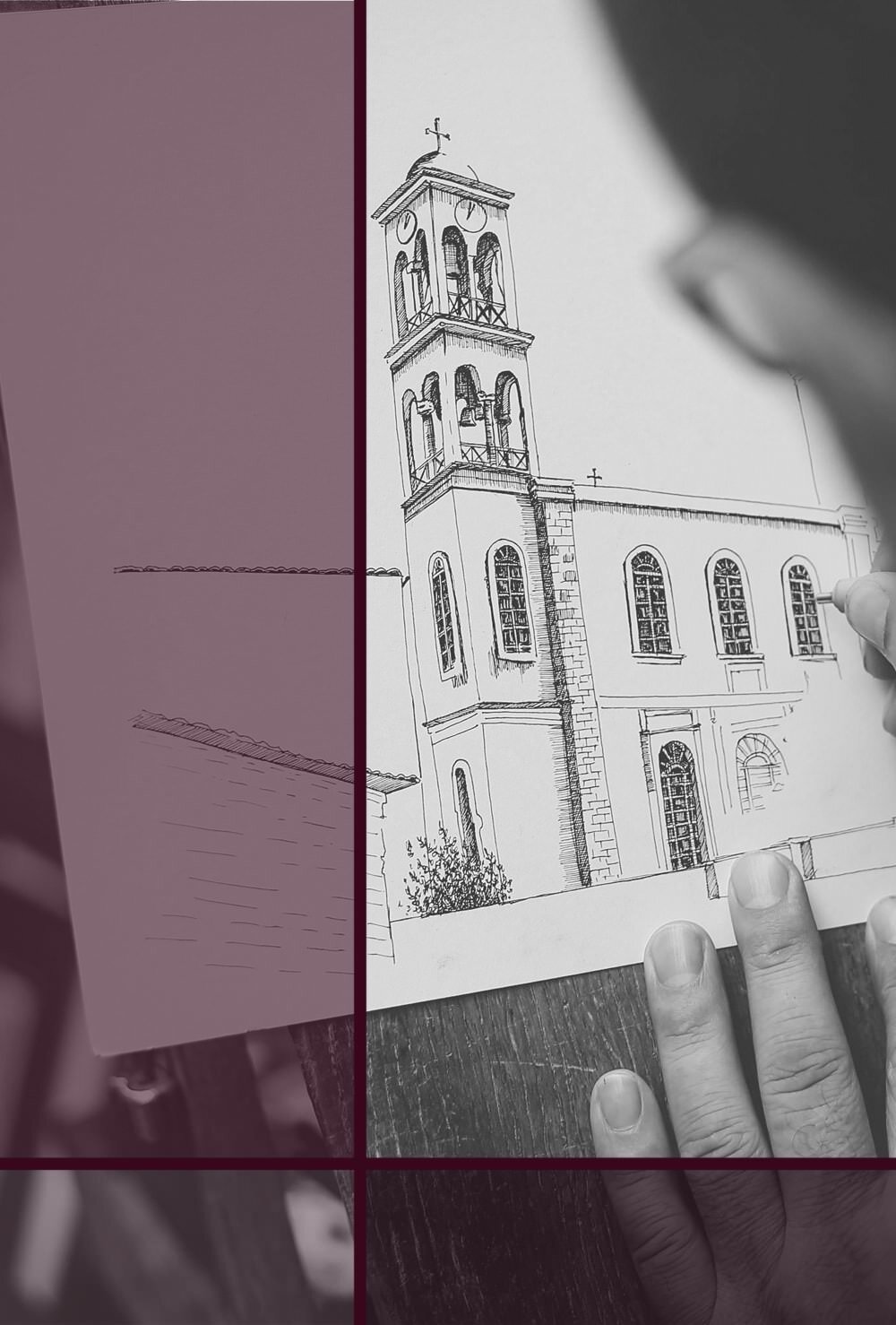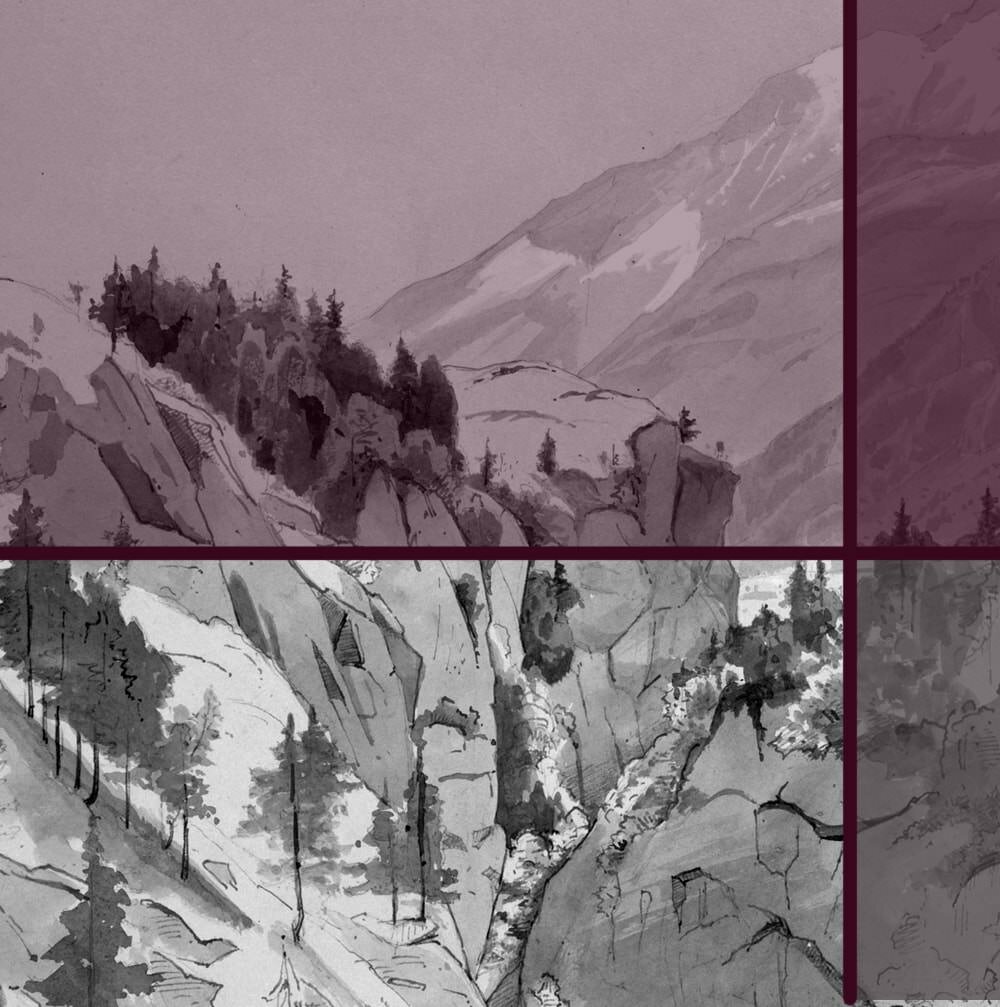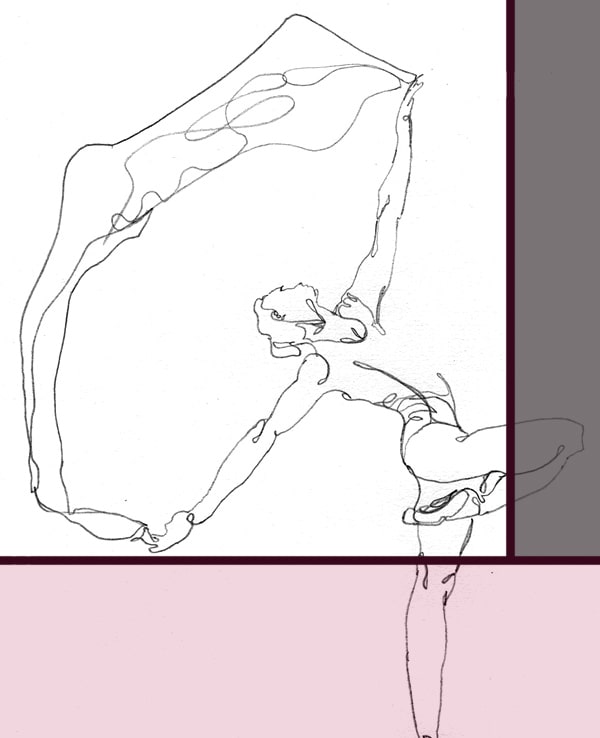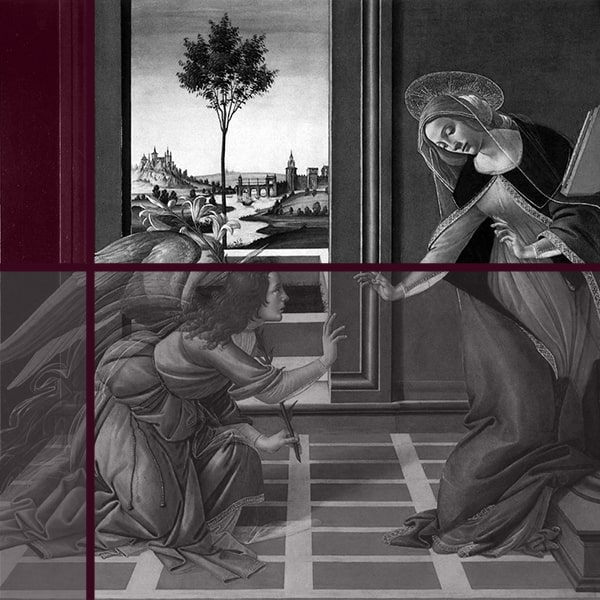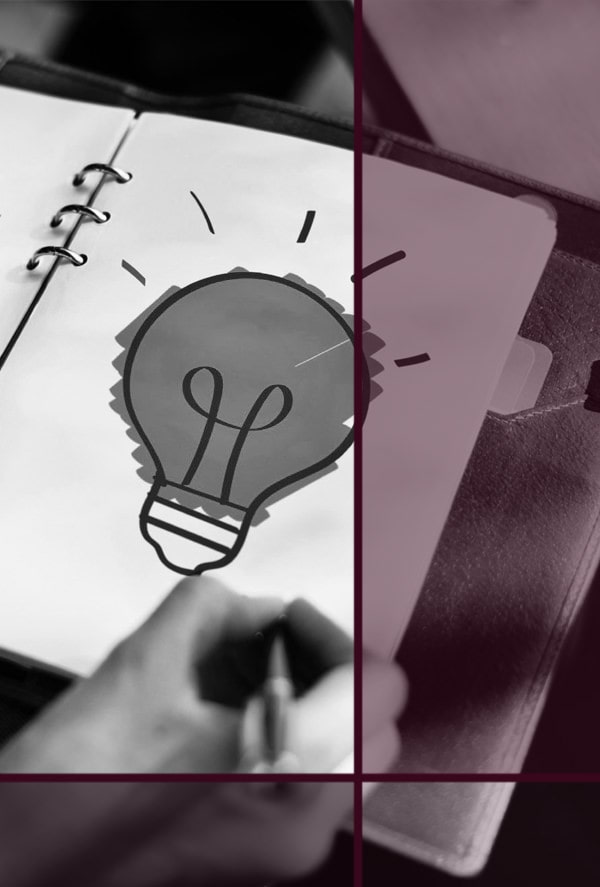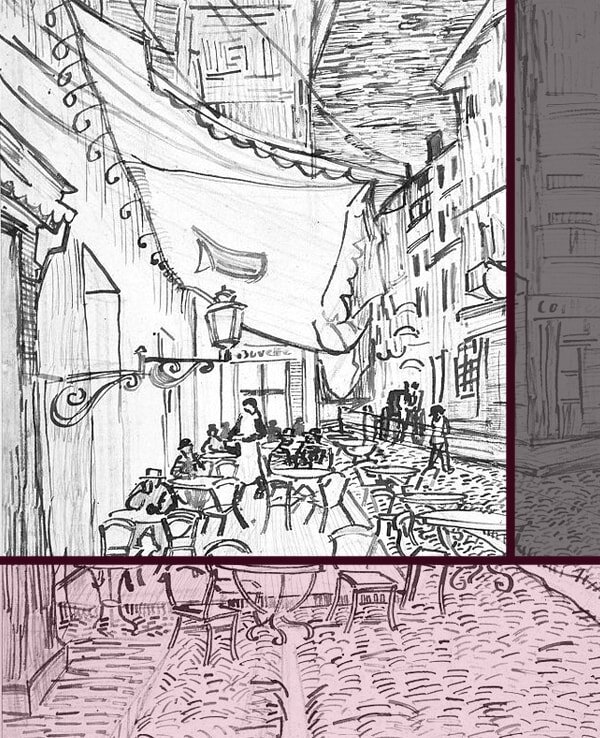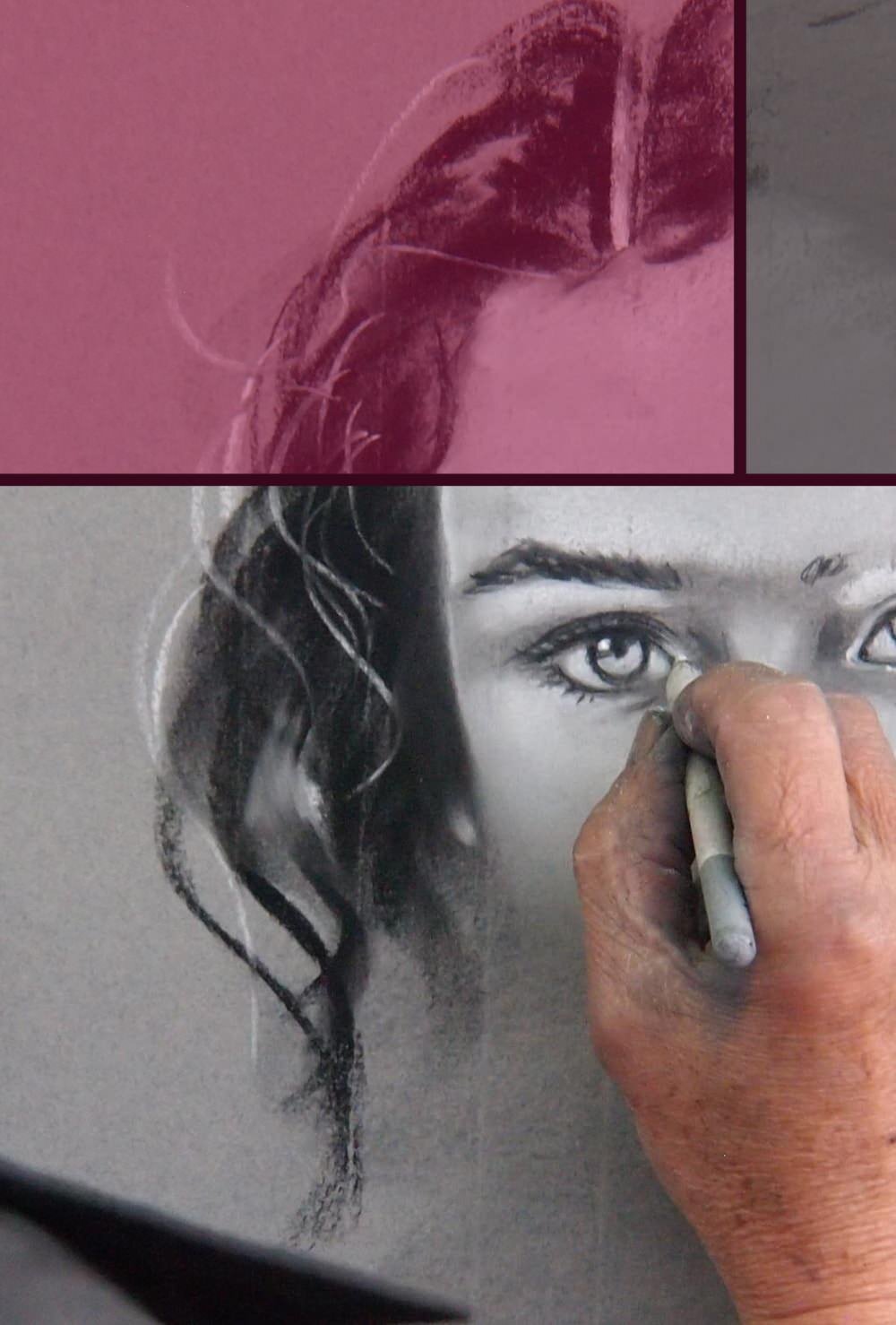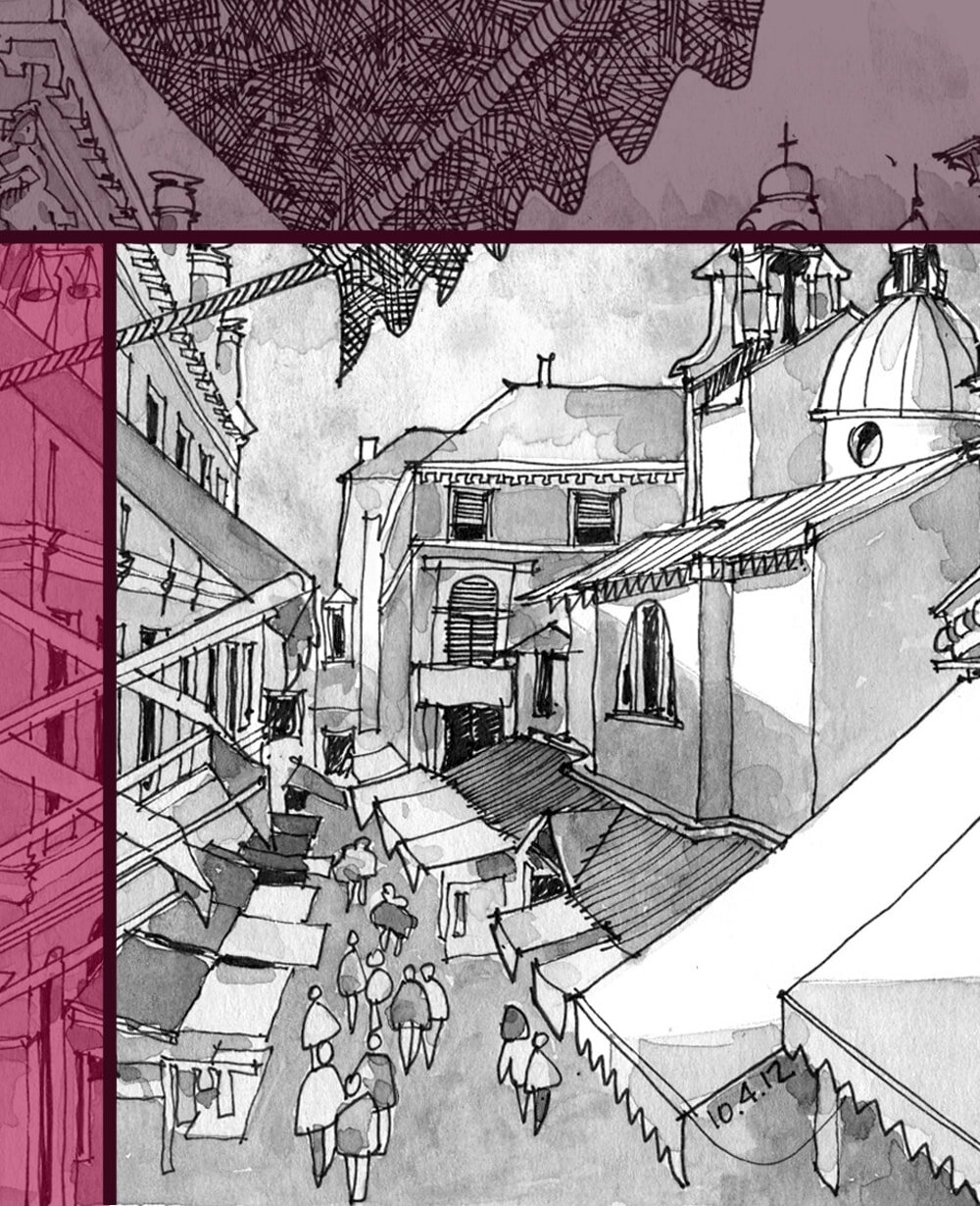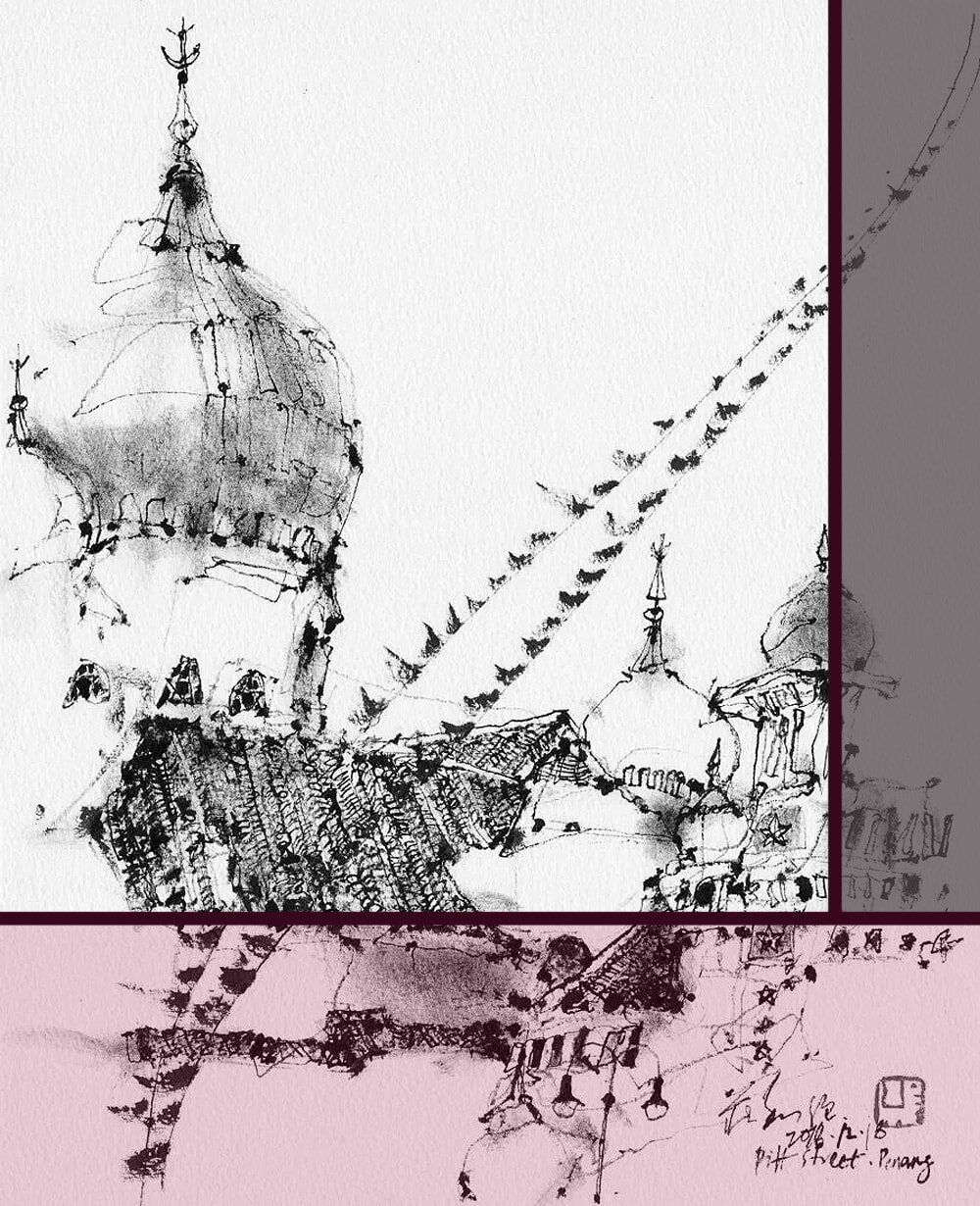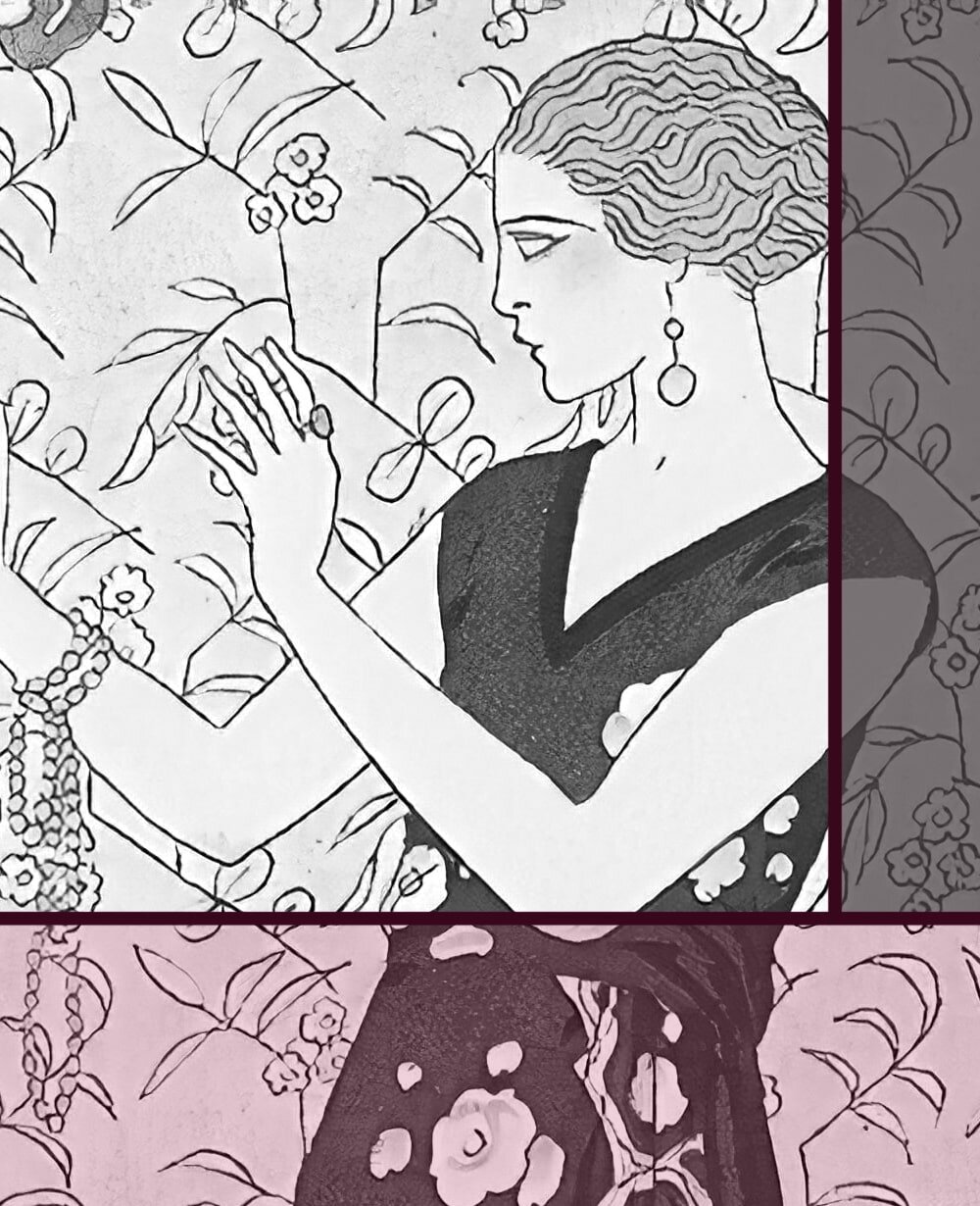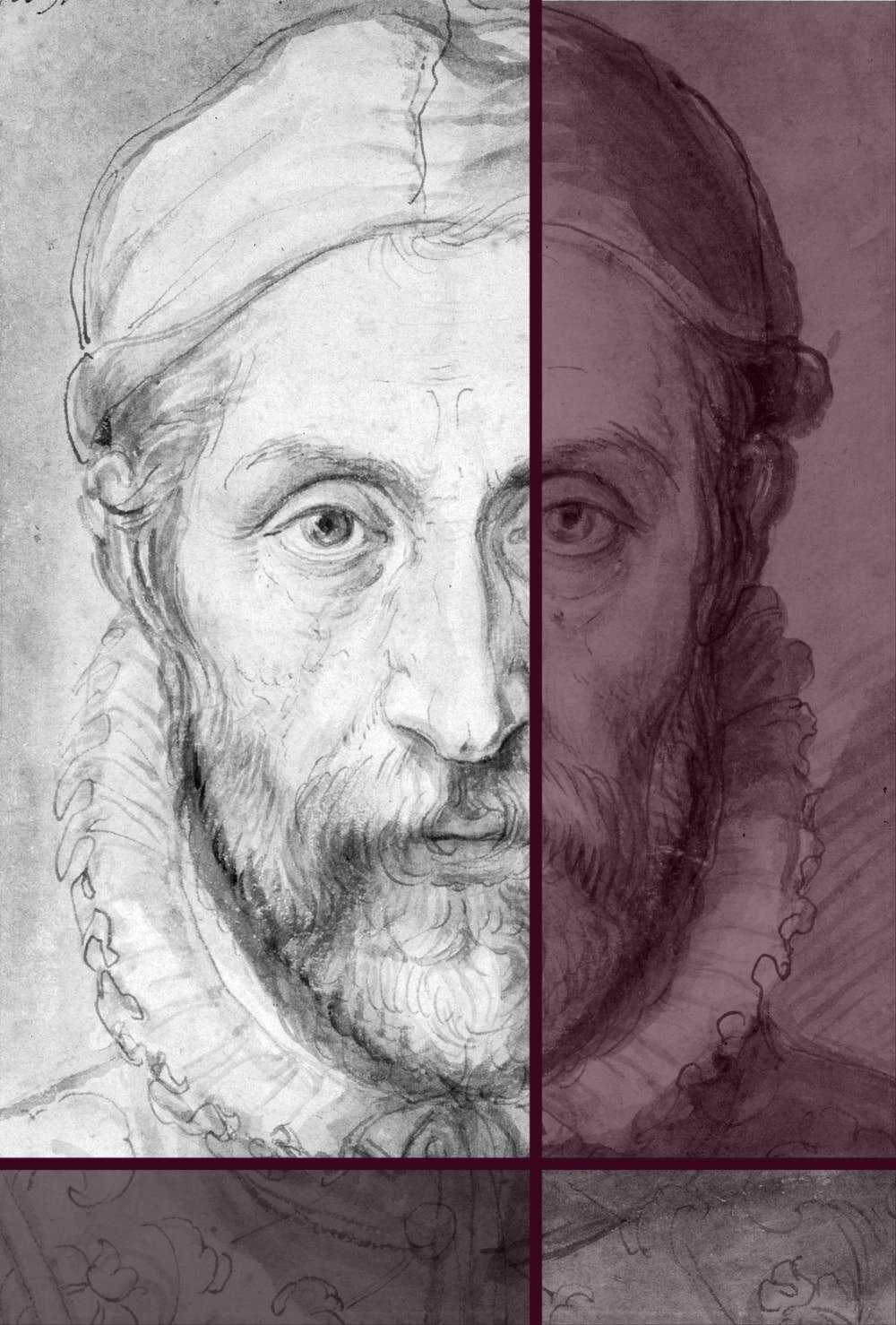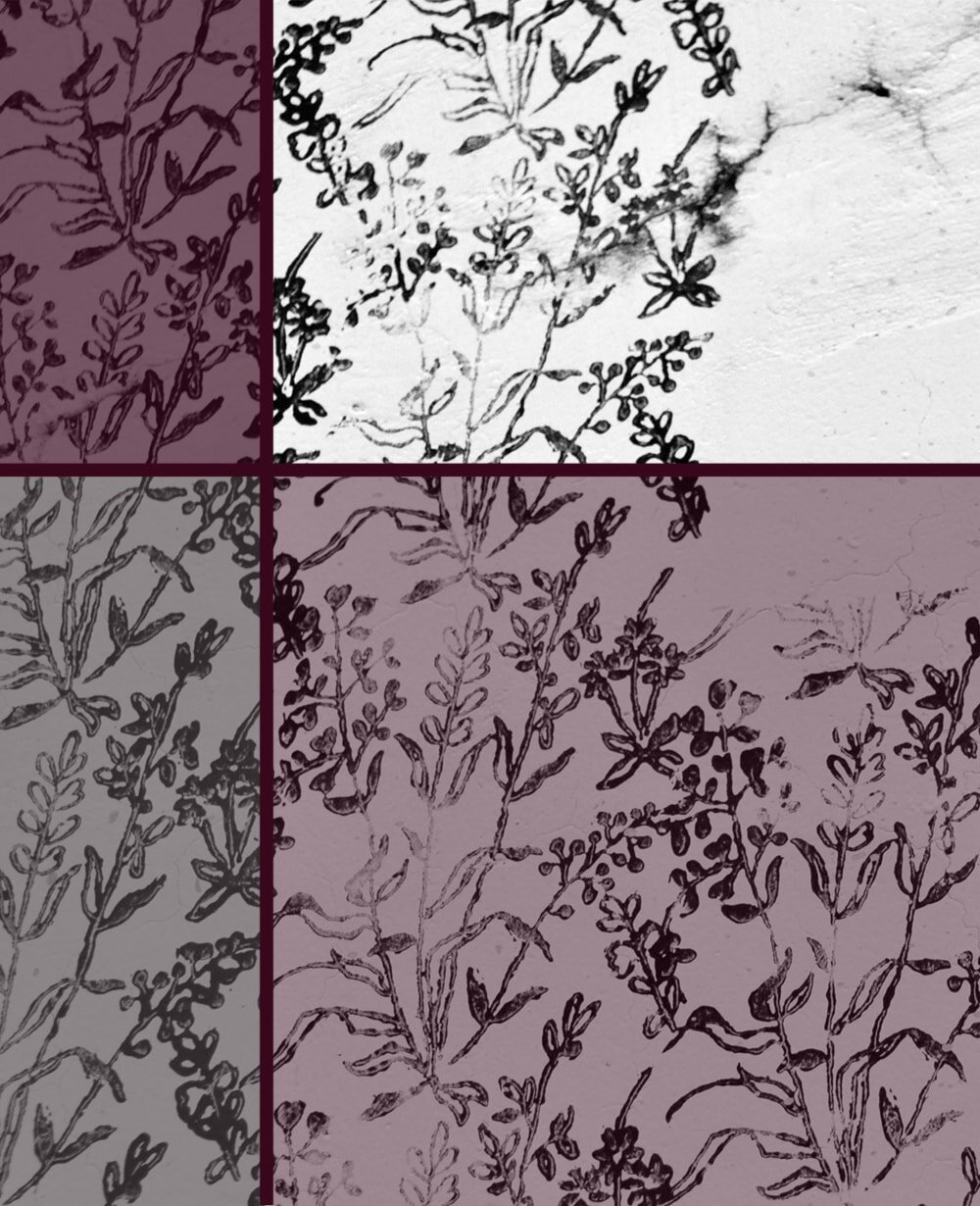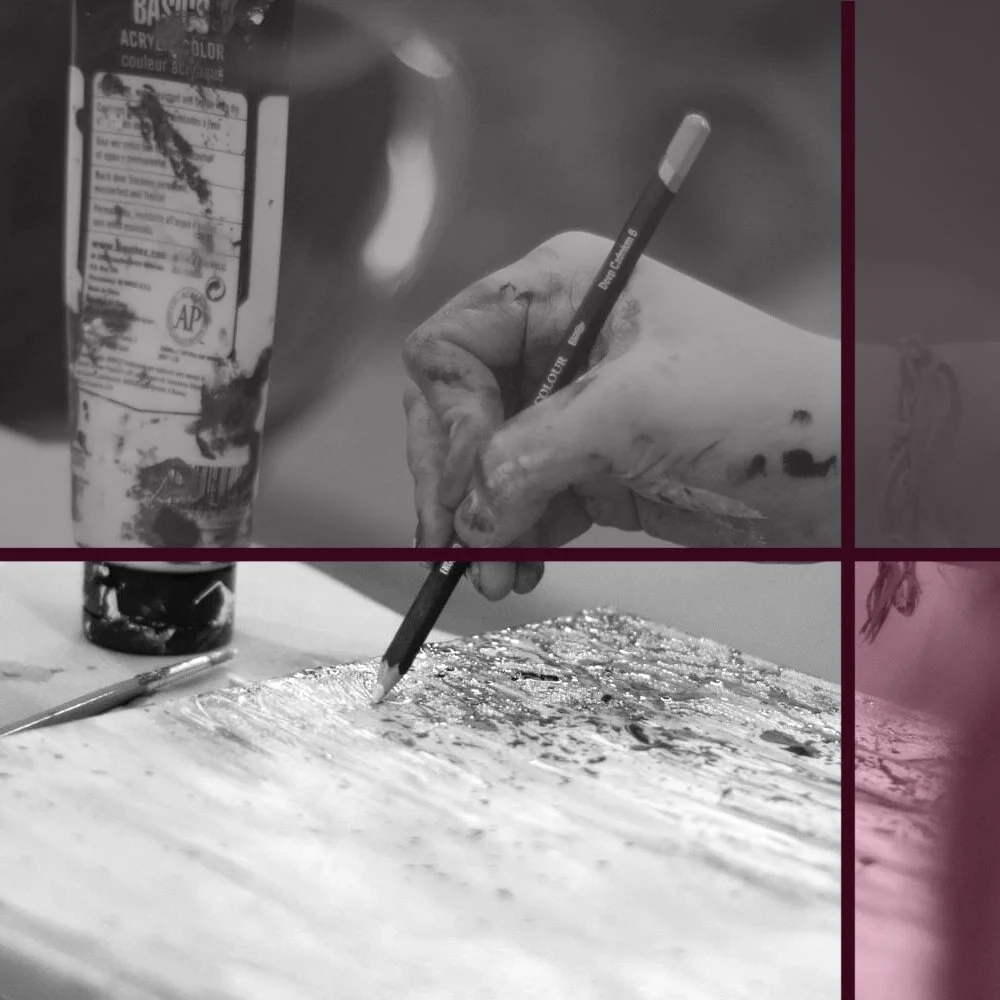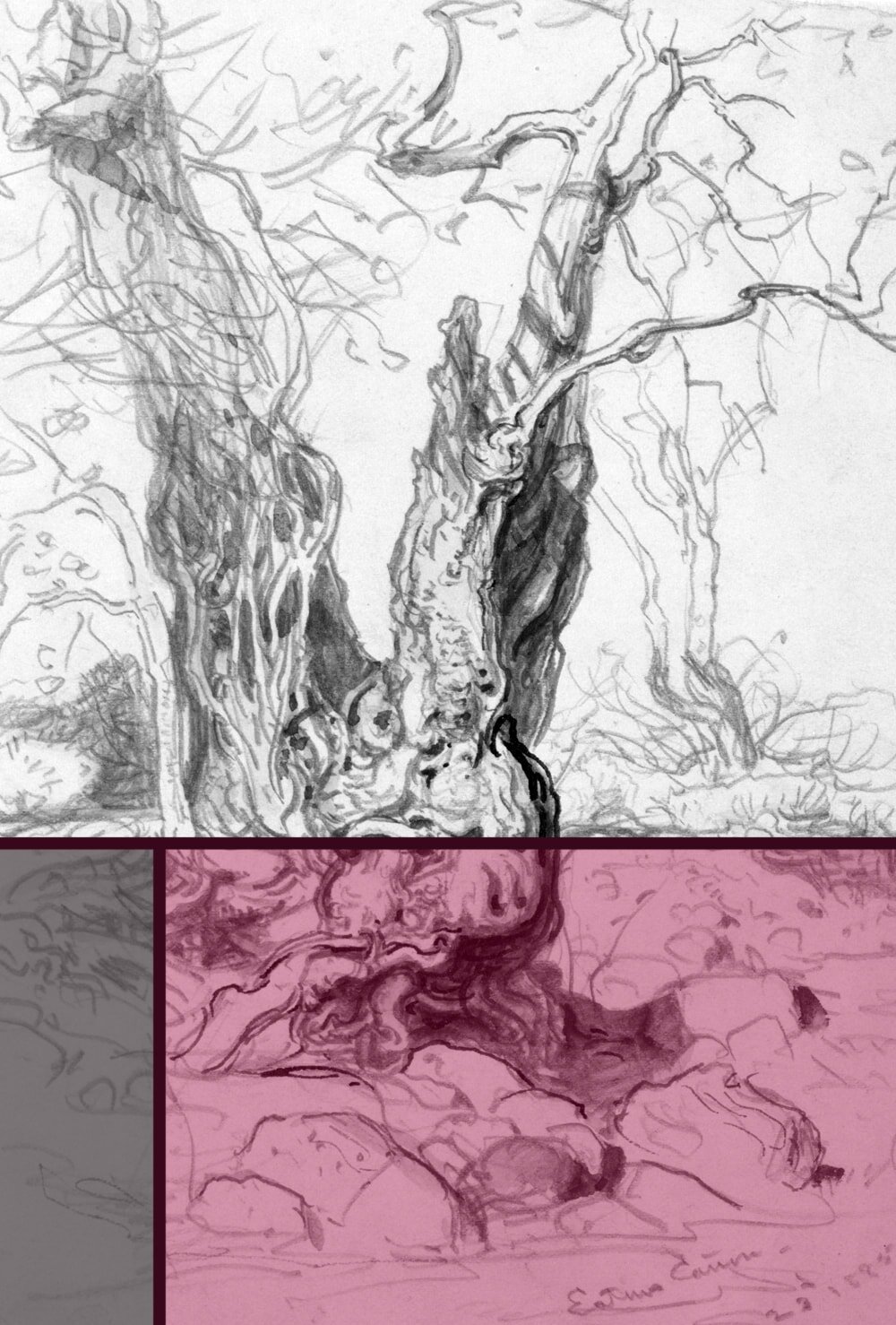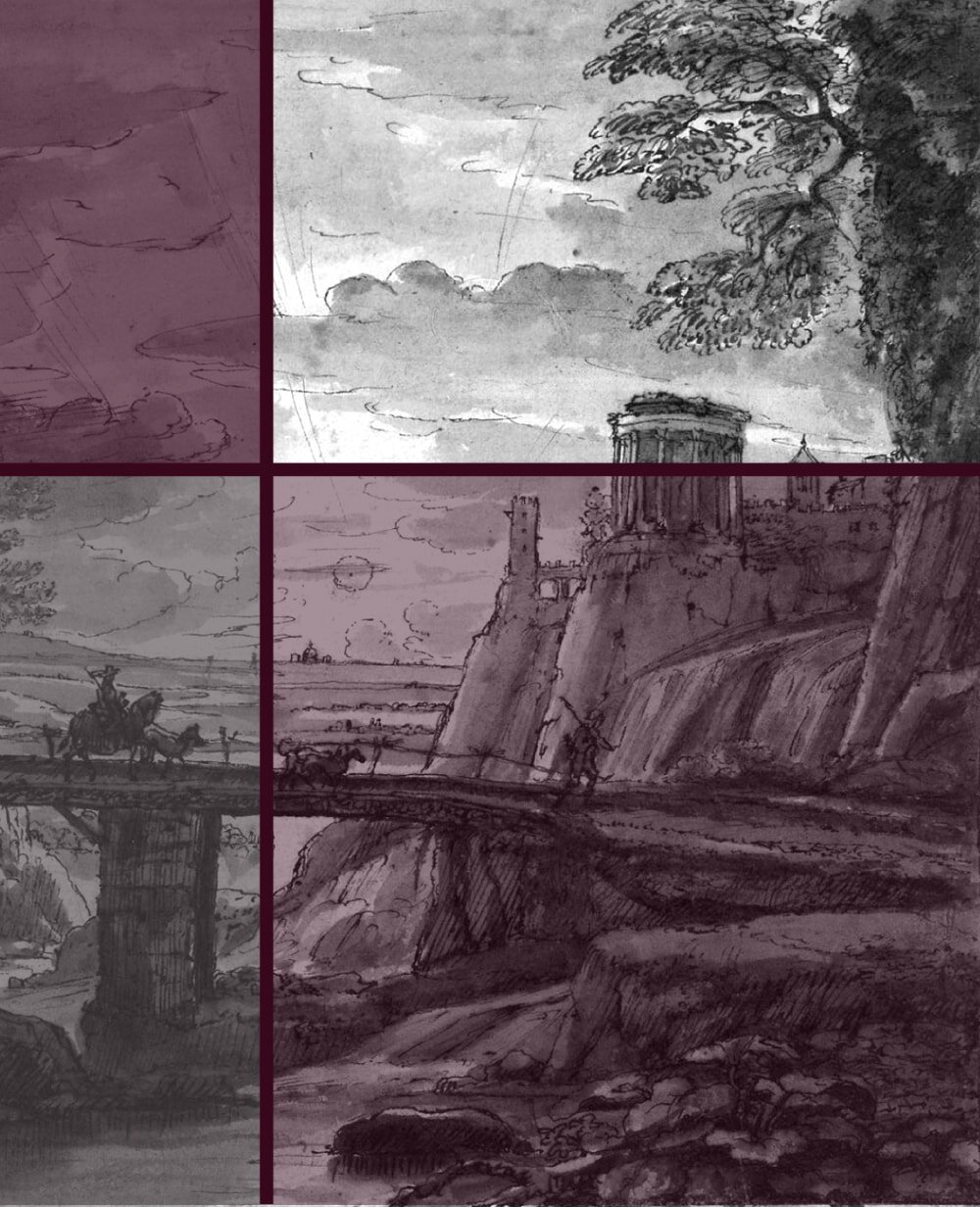5 simple Exercises to teach you how to Draw amazing Portraits
Sketching a portrait needs a little practice, especially if you're aiming for a good likeness. The human face is a lot less forgiving than other subjects, such as architecture or landscapes.
Correct anatomy and symmetry are super important and an element “off” by as little as few millimetres can cause the entire drawing to look oddly wrong.
Not to worry, we artists do like the occasional challenge, don't we? Because this is how we improve our skill set and master even the most difficult of subjects.
Here are 5 super easy exercises that will help you with that.
1 Grasping the Concept
This is a very beneficial exercise that everyone should do when they start to learn portrait drawing.
While we of course roughly know what the different elements of the head look like, most of us will think of them only in their neutral resting state.
That might be the eyes looking straight ahead or the lips closed and relaxed. But there are just so many more shapes and positions these elements can take.
Studying different elements of the human face separately has been high on the to-do list for all the old masters. A good example to follow.
Choose one single subject, ideally a friend or family member that has a little time to model for you, or just use yourself and a mirror.
Now decide on one part of the head you'll study today, such as the eyes, nose, lips, forehead, whathaveyou.
Then sketch the element in as many different states as you can think of or your model has time for. Eyes may be open, closed, looking up, to the side and so on. The head may be frontal, in profile, tilted up or down.
Continue this in several sessions if you like, until you are positive you have completely grasped the concept of the element you were studying and you understand how it works and what it may look like in different states.
2 Many ways lead to Rome
The thing about our brains is, they like to play tricks on us. When we think of ‘eye’ or ‘nose’ we tend to imagine just one specific, idealised template.
And when we're drawing, our brain keeps bringing up that image and confuses what we actually see on the model with the neutral template we have in our head.
That means that we're constantly, subconsciously battling what our mind tells us we should see with what we actually do see. As a result we often make mistakes and aren't able to create as good a likeness of the actual subject as we'd like to.
Quick sketches of different shapes of eyes I made a while ago, including various ages, colours and ethnicities.
Good thing there's an easy trick to remedy this. The best way to make your brain realise that there is more than one shape to these elements (and stop trying to push you in a specific direction) is to purposely seek out variety and draw it.
Choose an element of the head to work with, such as ears, lips or hair even, and sketch as many different kinds as you can find.
Look for differences in shape, size, position or colour for example. You can ask your friends to model for you, draw strangers on the street or just use pictures you found on the Internet.
3 Learning from the Masters
It can seem a bit naughty to copy the work of another artist, but it has been one of the most highly recommended and most widely taught practice in art classes for centuries.
Da Vinci, Michelangelo, Monet, Picasso, every famous artist you can think of started out copying from whatever masters they admired in their young career. There is really nothing wrong with it, as long as, of course, you do it for practice purposes only.
Indeed, copying a successful piece of art is a much better, more intimate and more efficient way to get to know it and learn from it than just looking at it as an observer.
Study of Leonardo da Vinci’s famous drawing, by Gustavo Ruiz (2019)
For your facial studies choose some of the best portrait drawings and paintings you can find, either in galleries or from photographs.
This practice need not take you too long, there is no need to create exact copies of the works. Rather, keep the sketches relatively rough and concentrate more on composition, anatomy and lighting.
Don’t worry if you don’t get the anatomy just right and the end result looks a little off, you’ll get better at copying in time. Besides, no one expects you to be able to copy a Monet or Dürer to perfection.
While you draw, give the piece some thought. What do you think makes it such a good work? Which parts do you like best? Is there anything you would change?
If you do this regularly, you'll have a much easier time drawing your real life models. You'll get a lot better at noticing (and correcting) your own mistakes, as well as choosing a pleasing composition.
4 Going through the Motions
Contrary to what many portraits historic might suggest, the human face does not always retain a neutral state or a very slight smile.
In fact, there are hundreds of different facial expressions, many of which would make for way more interesting artwork than your usual, straight-faced painting in the galleries of the world.
The thing is though, most of these expressions are quite difficult to draw, because there are just so many facial muscles involved and the elements of the face can move in all sorts of ways. Which is why it's a good idea to practice expressions, as often as you can.
Self-study (1909) by Lovis Corinth
Take a mirror and use yourself as today's model. Then create rough sketches, of no more than five minutes each, of different facial expressions. I find it helpful to have a short list of prompts prepared, with adjectives such as "angry, sad, surprised, ecstatic".
Have a good look at what parts of your face change when you display the expression. What do your lips do? Does the shape of your head change? Do any wrinkles or furrows appear? Where do the "fleshy" parts of your cheeks move to?
If you want to sketch certain expressions, you cannot hold for very long it might be easier to just take a quick photograph of yourself and draw that instead.
Getting to know how the elements of your face move, independently and in unison, is a great way to become good at portrait drawing, especially if you have an interest in expressive compositions.
5 The new Minimalism
Drawing relatively fast and rough portraits can make it difficult to create a good likeness of our subject. But we don’t always have time, or want to take the time, to draw hyper realistic portraits that take many hours to complete.
So, without being able to sketch every little detail we’re going to have to learn a new skill.
As regularly as possible you should practice observing a subject and grasping the distinguishing features quickly and accurately. Then use them to make your sketch look like a specific person, rather than a generic face that could be anyone.
Such distinguishing features could be a certain type of nose perhaps, or freckles, birth marks, curly hair. Anything that would work as a point of interest in a drawing is a good start.
Ask yourself: what makes this person different to other people around? If you had to describe the physical appearance of your model to a friend, what details would you mention?
Self-Portrait (1945) by Henri Matisse
Once you have decided on the special features of your subject, create an initial sketch, of no more than a few minutes.
Then make a second sketch in half the time, and a third, leaving out more and more detail until you can leave out no more without turning your portrait into a more generic face again.
The goal is to produce a sketch as simplistic as possible that would still be recognised as your subject by people that know your model (rather than complete strangers, of course). It can often look quite cartooney by the end of it.
You'll be surprised how much detail you can leave out until the portrait loses its identity.
Urban Sketching is a great way to learn this skill, because by definition the sketches are supposed to be relatively rough. If you don't ask your subjects to hold their pose you need to draw fast anyway.
If you're unsure how to sketch strangers in public without offending them have a look at my article How to quickly Sketch People without them Noticing.
For more tips and tricks have a look at my other portrait-related articles.
Did you enjoy this article or feel like you have anything else to add? Feel free to leave me a comment below!
If you like this post, please share it, so others may like it too!
